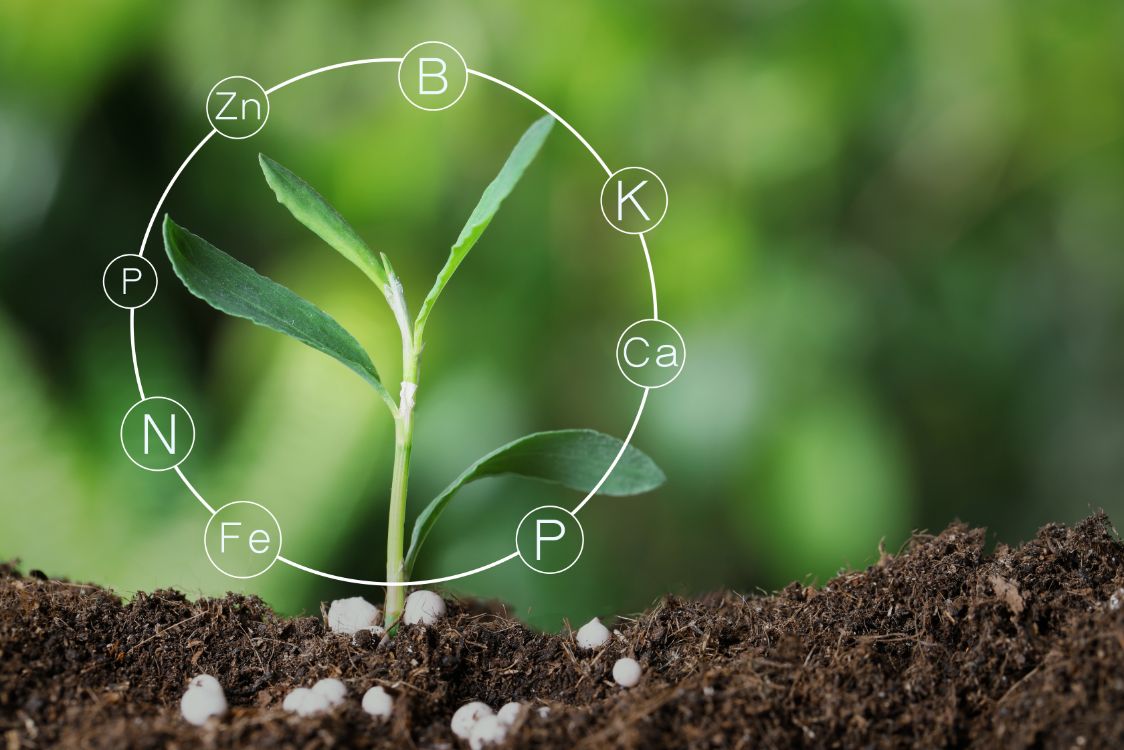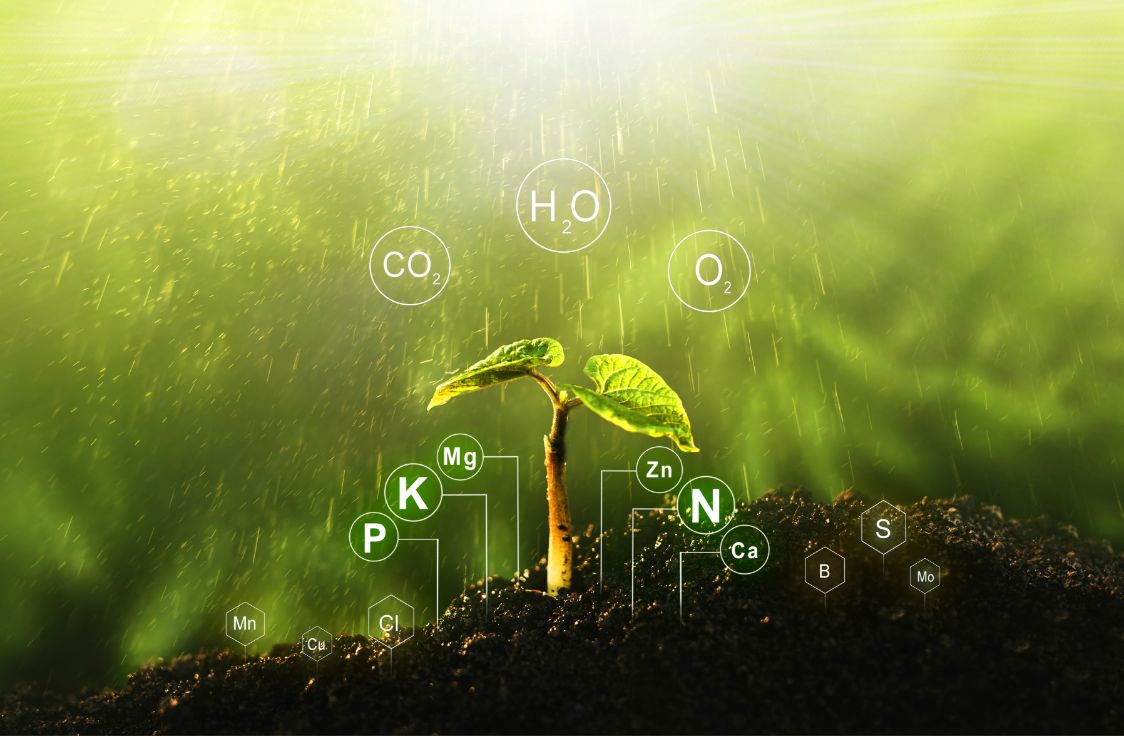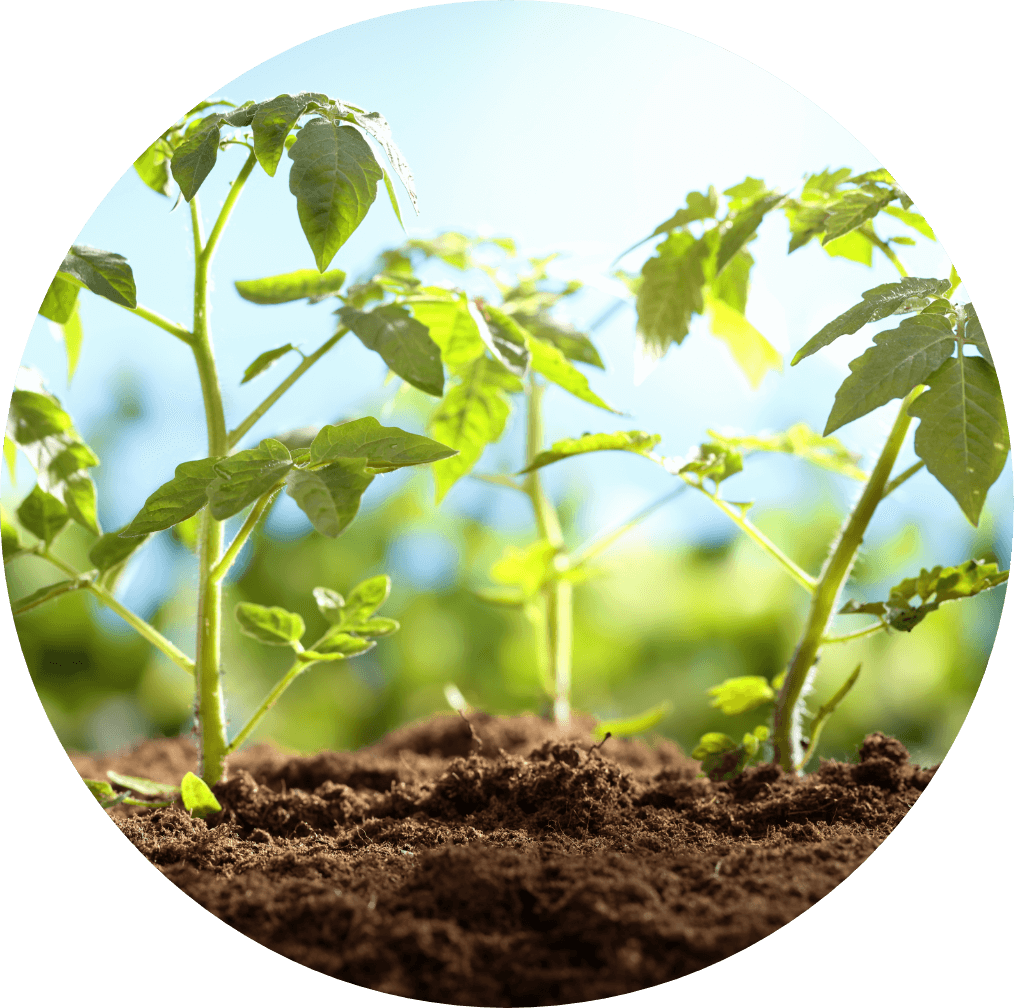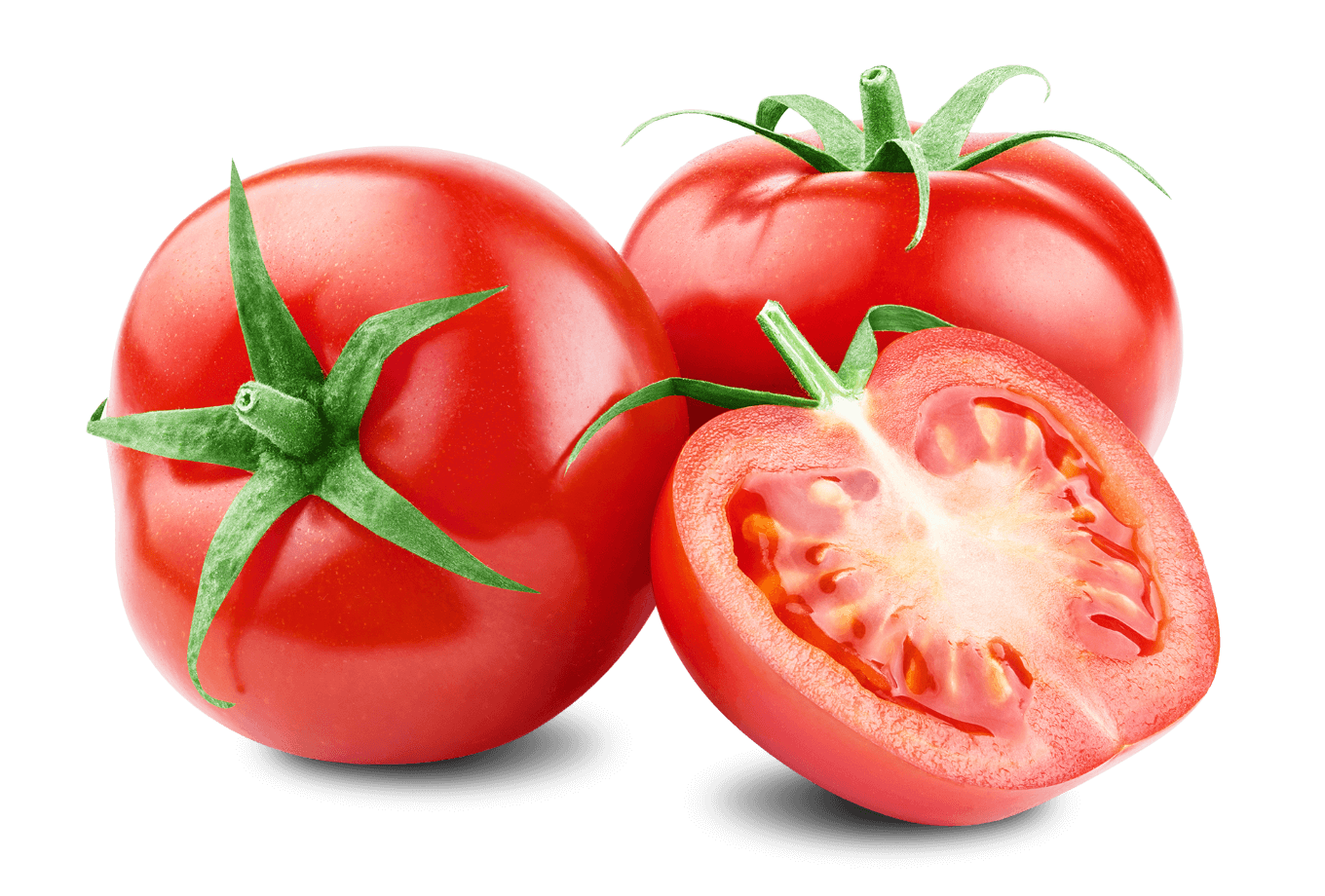
Tomato
Tomato (Lycopersicon esculentum Mill.)
It is an annual, self-pollinating vegetable of the Solanaceae family, quite widespread and popular. On a global scale, the tomato ranks third in terms of area under cultivation after the potato and sweet potato. In Greece, the table tomato ranks second in terms of area, after the potato.
It is considered one of the most important horticultural crops in the world. It provides the human body with vitamins (mainly vitamin C), lycopene (strong antioxidant action), it has an attractive colour and a special aroma, which give it a high nutritional value. In addition, it is a plant that is adapted to a wide variety of soil types and climates, although tomatoes generally require a warm climate and well-drained soils.
In outdoor cultivation it achieves yields of up to 6 tonnes per stremma, while in greenhouse – hydroponic cultivation it achieves yields of over 10 tonnes per stremma.
Particular characteristics
Tomatoes are herbaceous, annual and self-pollinating plants. It develops a distinctive central taproot and quite easily forms many secondary lateral roots, even in the neck area.
This makes the tomato an easy transplantable plant. Tomatoes are a crop with high nutritional requirements, the balanced fulfilment of which is a prerequisite for achieving high yields and good quality production combined with a long fruiting period. The optimum temperature for the growth of most varieties is between 21 and 24 °C.
It is a particularly Potassium-rich species with a beneficial effect of potassium (K) on fruit quality. It generally requires a constant supply of nutrients, the utilisation of which is based on regular irrigation and sufficient soil moisture.
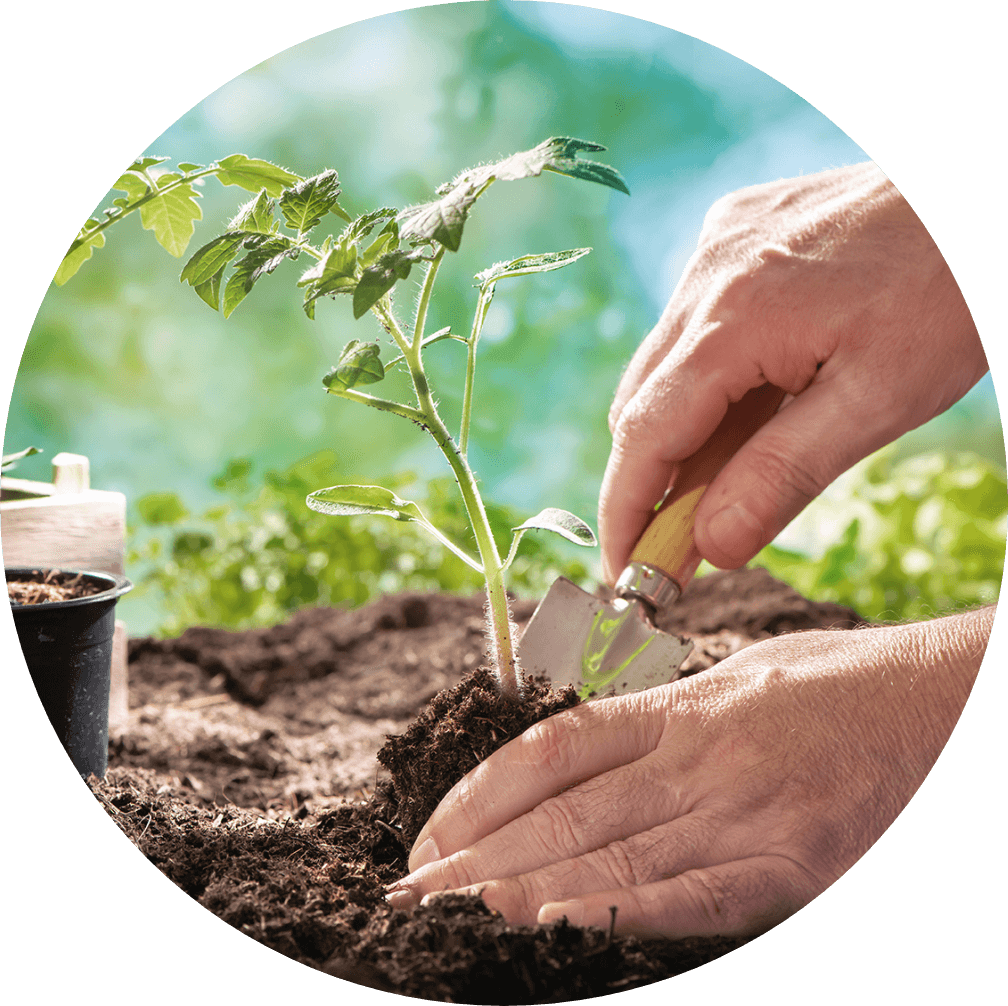
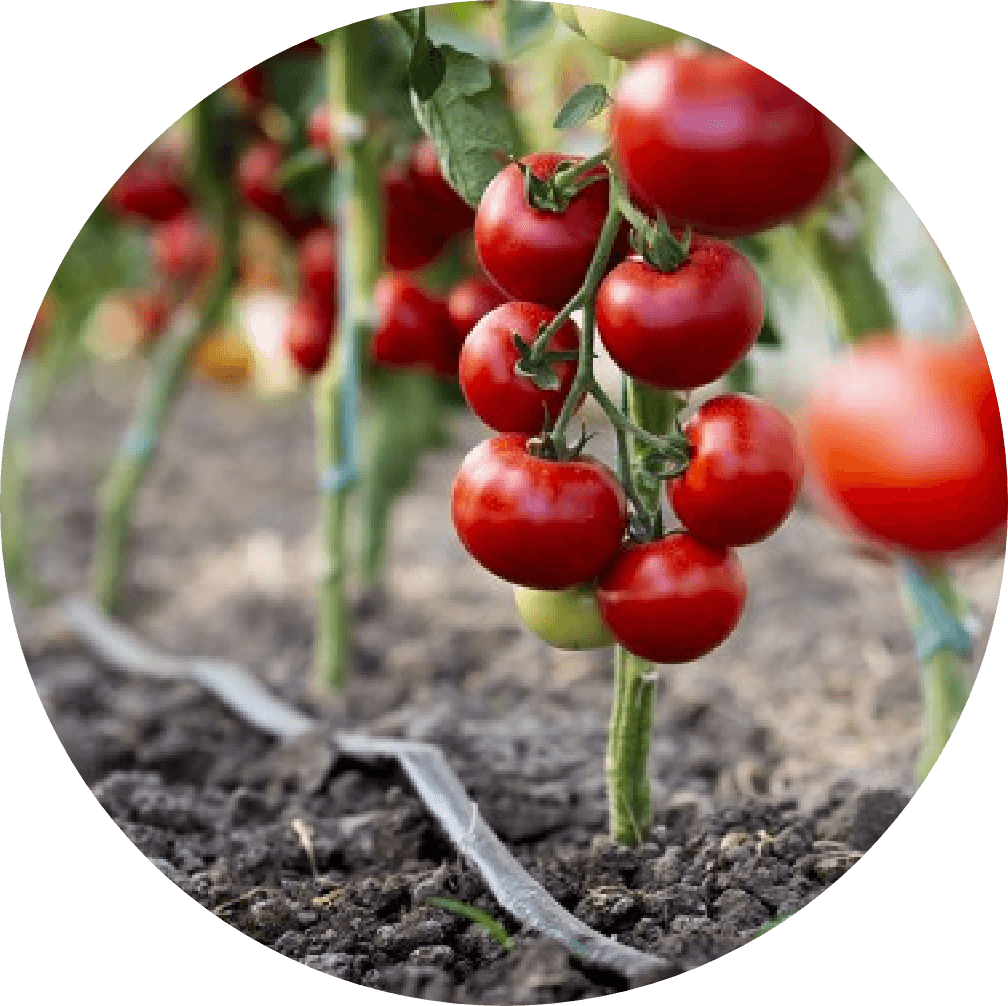
Adaptability
Tomatoes perform best in well-drained, well-structured soils with a high water content and high organic matter content (> 2 %). According to the literature, the most suitable soils for growing tomatoes are considered to be sandy loam (SL) and loamy sand (LS). In light sandy soils there is a significant increase in early production, whereas in in heavy clay and clay loam soils, there is a significant delay in ripening. Heavy soils are generally avoided because they are difficult to drain and become problematic when there is a high concentration of salts. With regard to the chemical properties of the soil, the most appropriate reaction for growing tomatoes is a pH range between 6 and 6,5, although pH up to 7,5 gives satisfactory results. In fairly acidic soils (pH < 5,7), the application of limestone or dolomite powder is recommended as part of the pH improvement. In very alkaline soils (pH > 7,8), micronutrient deficiencies are often observed and therefore application of calcium sulphate or sulphur in dosages determined by soil analysis is required. Compared to cucumber, it is considered a more salinity tolerant plant. A satisfactory value of soil electrical conductivity for this crop is 1,5 mmhos/cm to 4 mmhos/cm. At high salinity values of 6 to 8 mmhos/cm, yields can be reduced by up to 50%.

